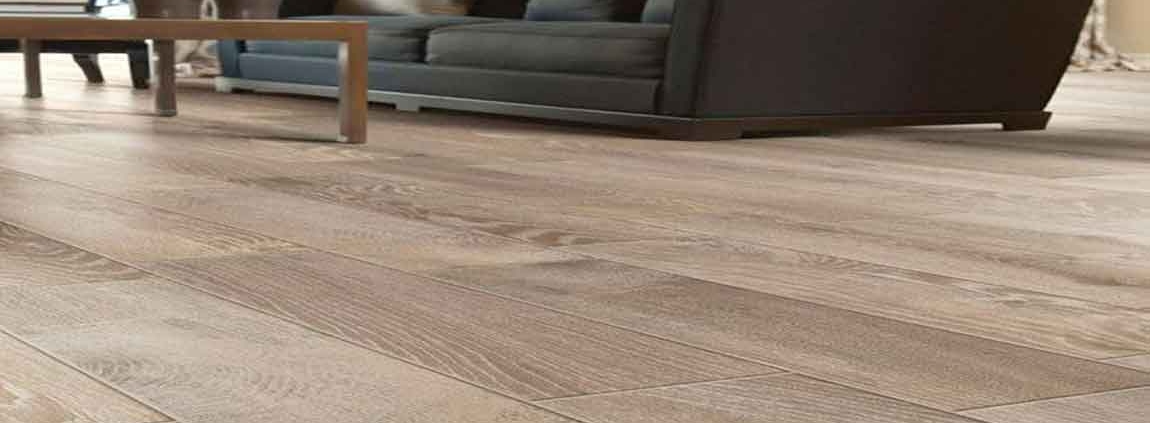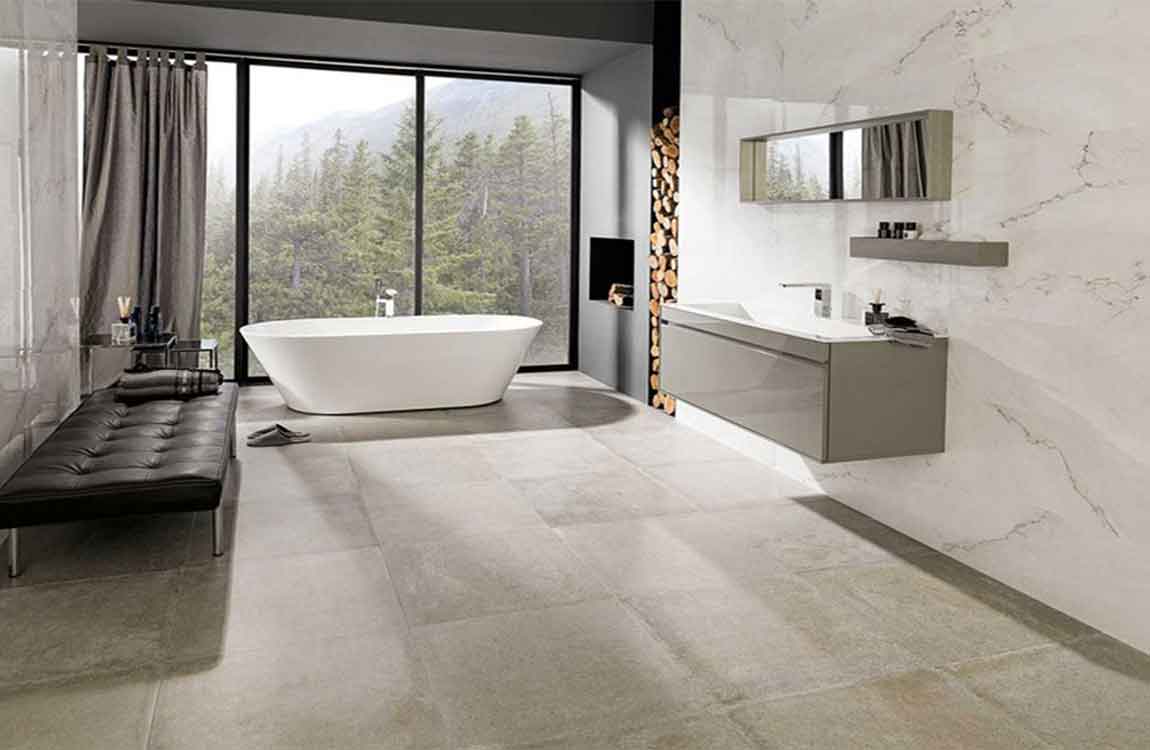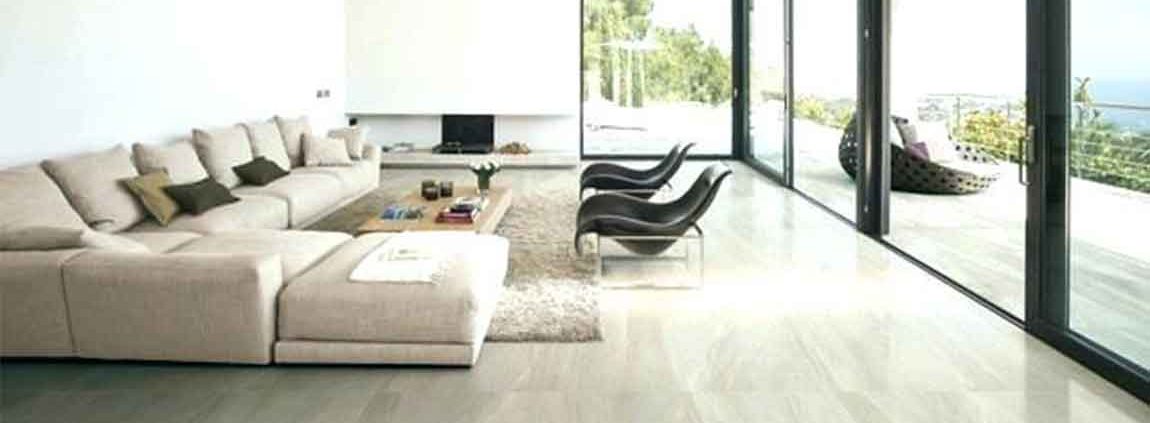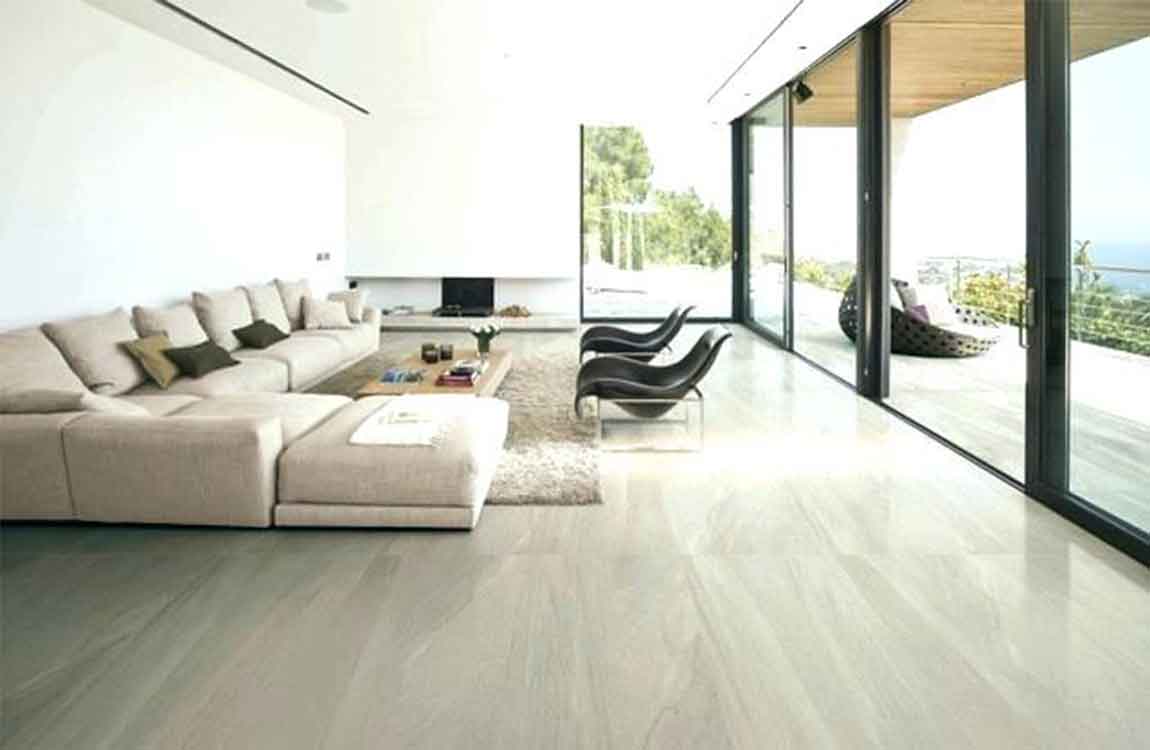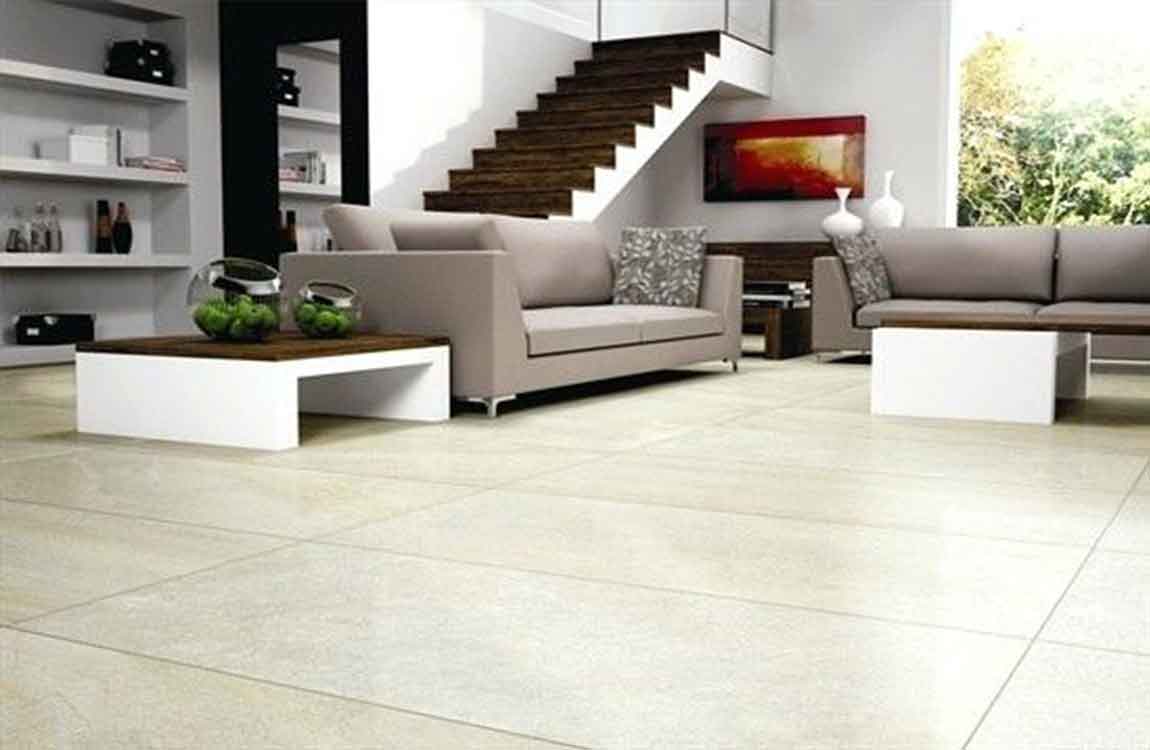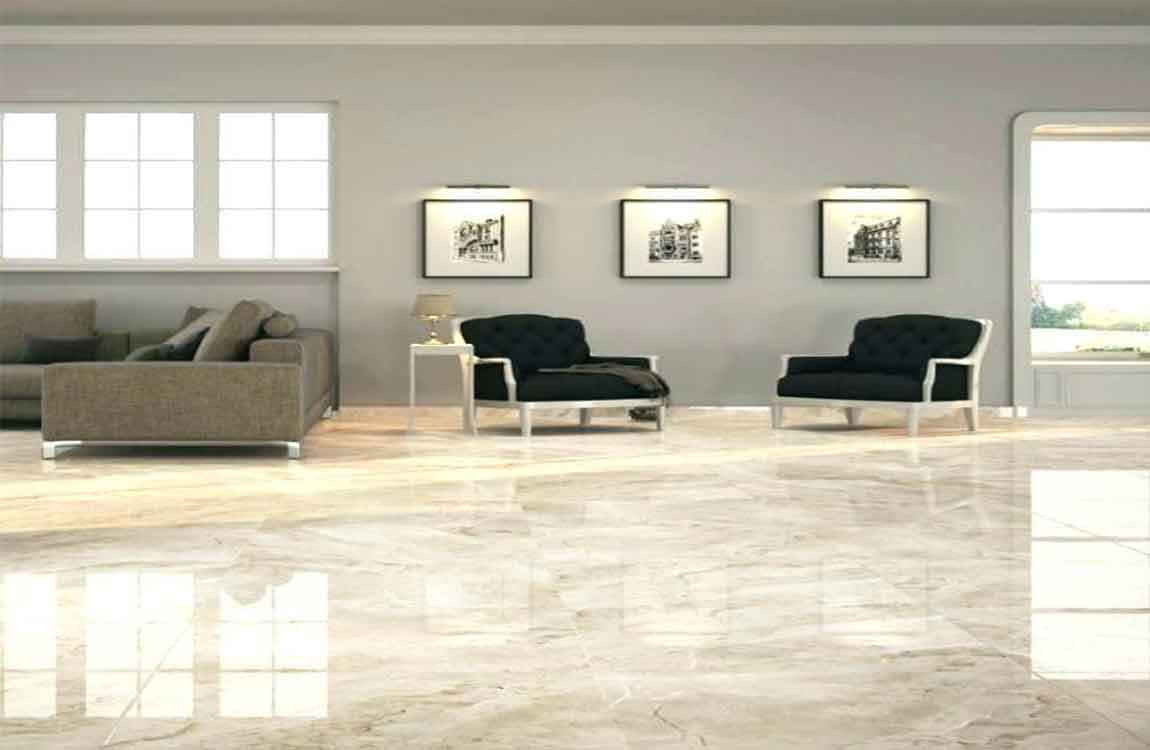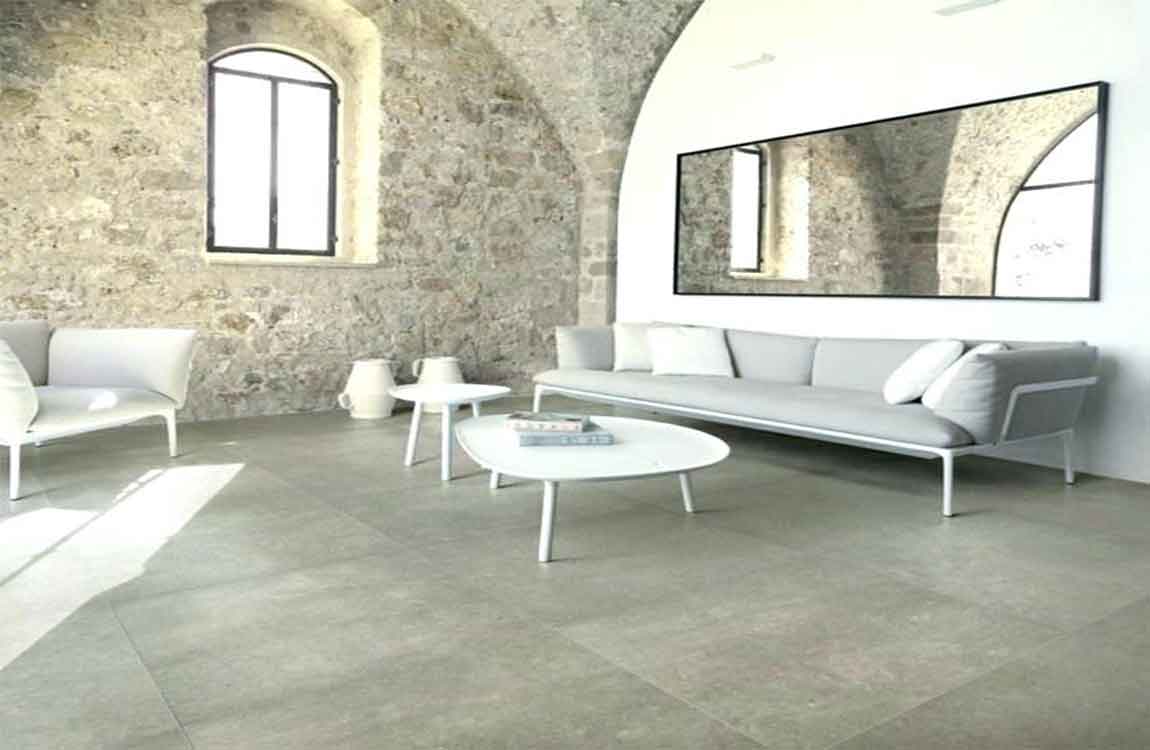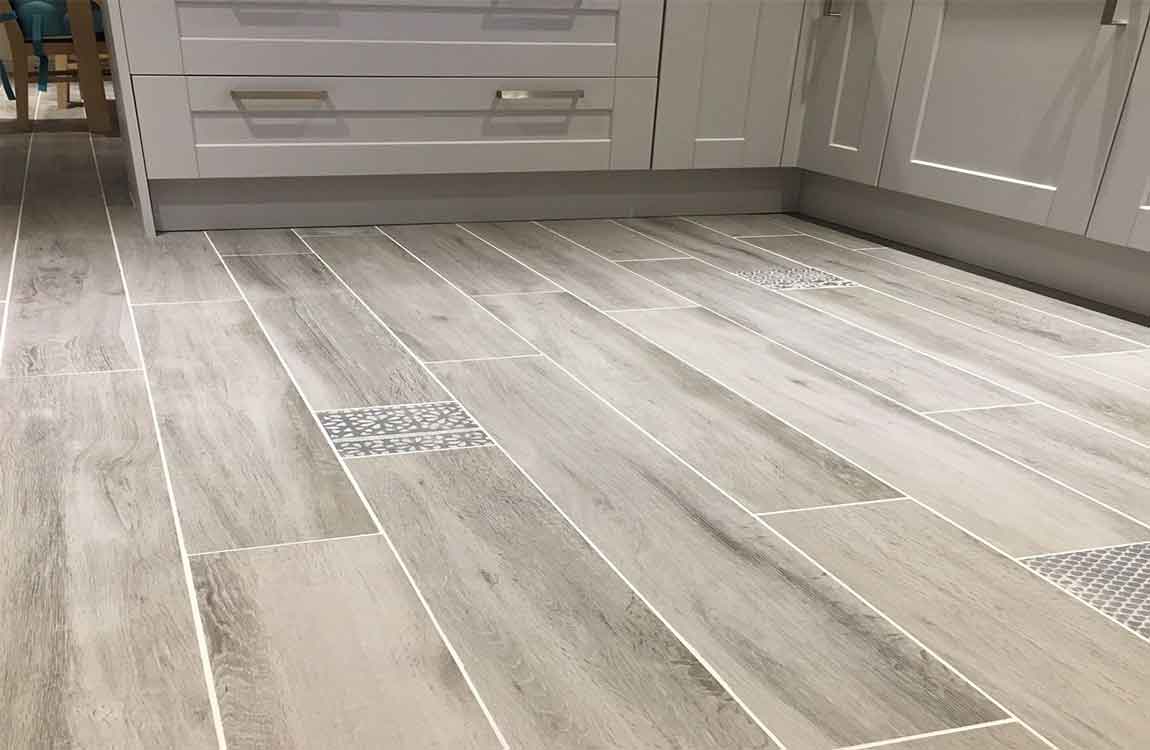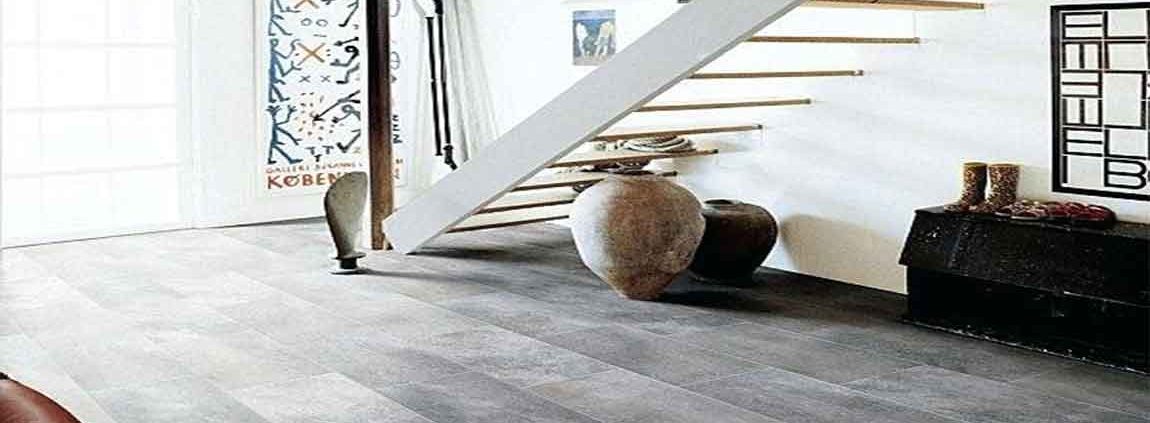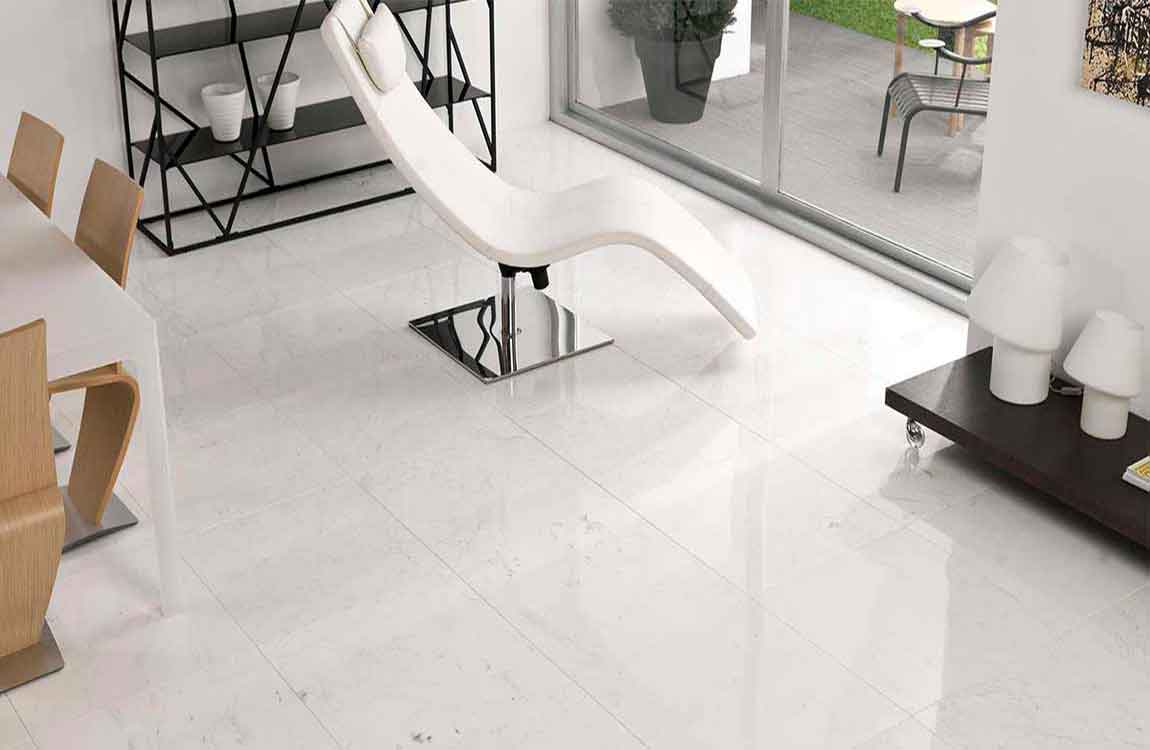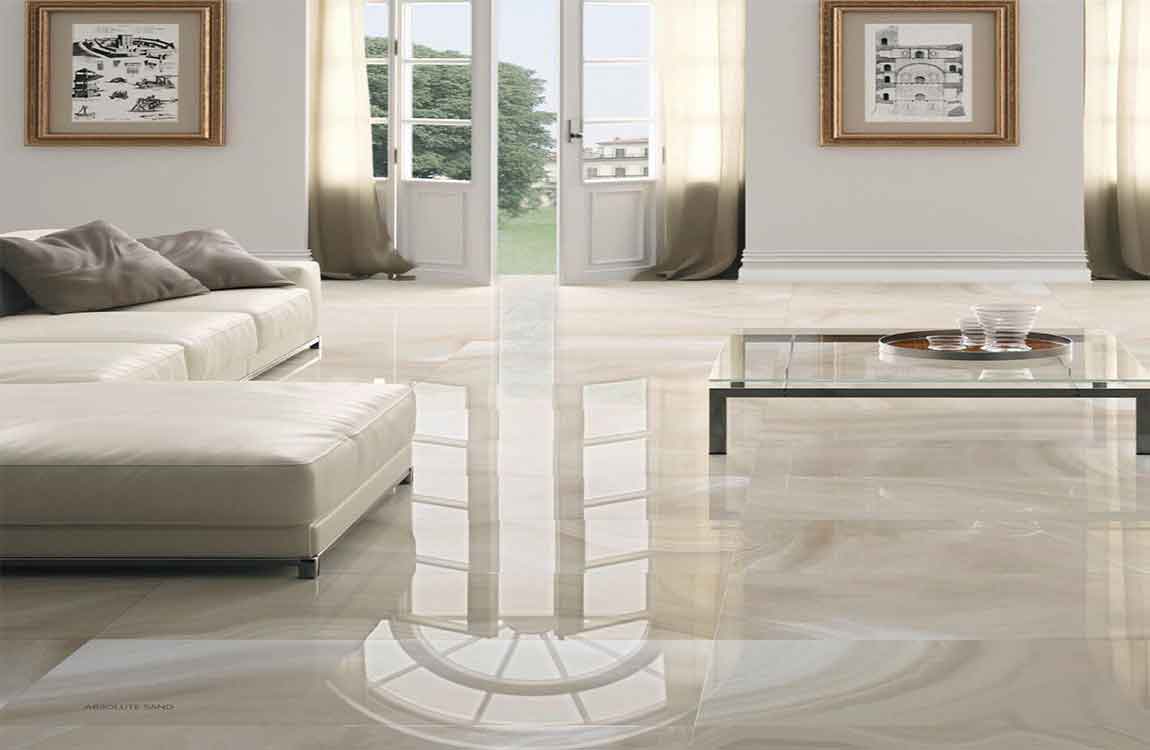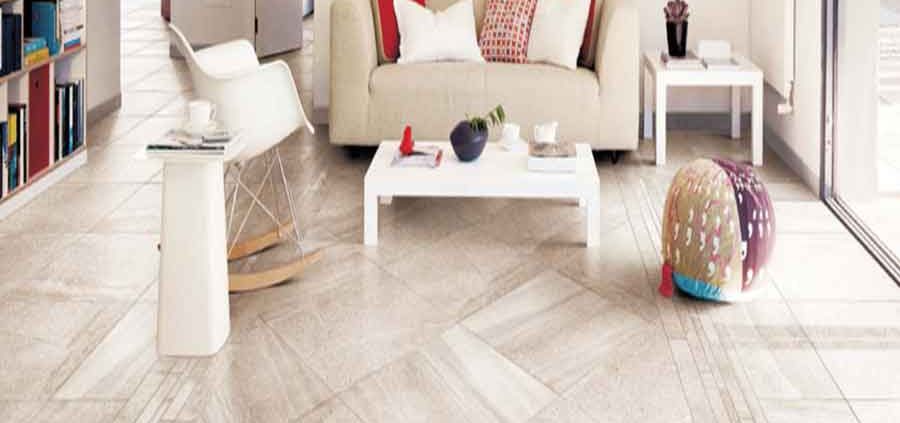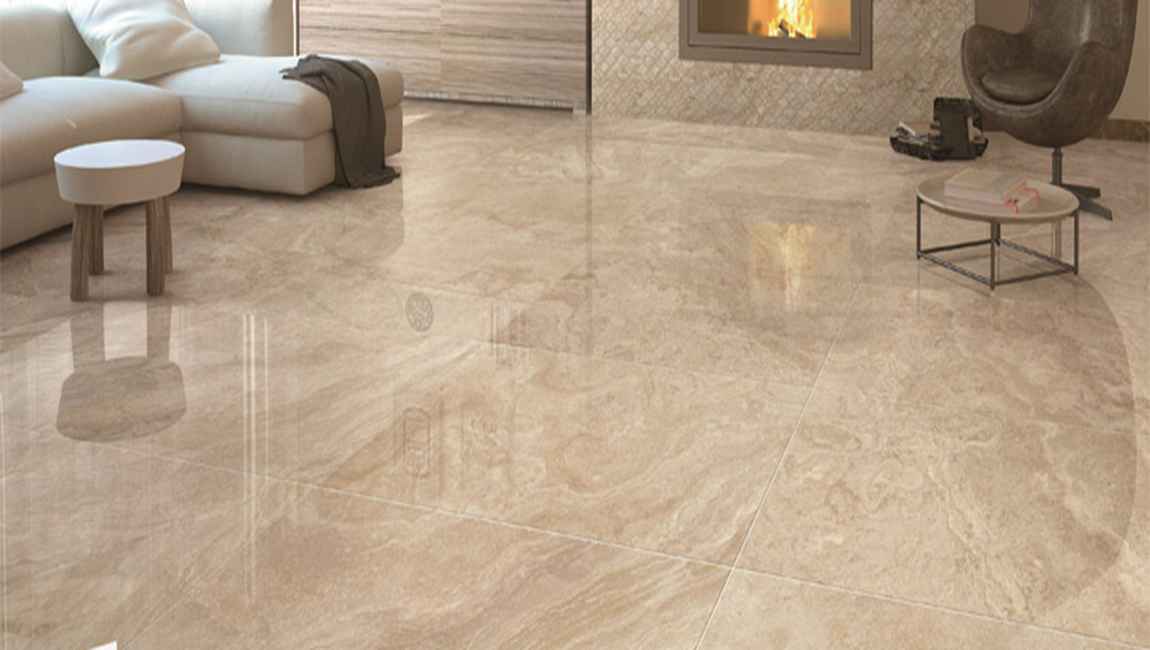How to Clean Grout with Toilet Cleaner?
Grime and water stains on the grout in your bathroom or your kitchen can be unsightly and hard to clean. You may struggle to clean grout in your home using conventional cleaners and be hesitant to use bleach. Instead, you may try using toilet cleaner to get rid of stains and grime on grout. You should select a toilet cleaner and then clean the grout with the cleaner properly. You should also learn how to maintain the grout in your home so it always looks its best.
Scrub the mildew with a microfiber cloth. Use a microfiber cloth to scrub in between the towels to remove the mildew. It will take some force to scrub out mildew, especially set-in mildew, so scrub the cloth hard in areas where mildew appears. Remember to wear gloves if you’re scrubbing in bleach.
Use a toothbrush for hard-to-reach places. If there is mildew built up in cracks and crevices, use a toothbrush. A toothbrush is a great tool to get into corners and cracks where mildew lingers. Make sure to check cracks where grout is found for mildew. These areas are often neglected during cleaning, which can cause mildew to spread.
Give yourself enough time. There is no secret to removing mildew other than a lot of hard work. Mildew, especially if it’s been built up over long periods of time, can sometimes be difficult to remove. Make sure to give yourself adequate time to fully remove the mildew. For grout that’s heavily infested with mildew, the job may take over an hour to complete.
Use vinegar to remove water stains. Mildew can sometimes cause water deposits to build up on the walls surrounding grout and tiles. If you notice water deposits, saturate a paper towel with white vinegar. Place the towels over the water stains and leave them on for a few hours. Then, remove the paper towels and use a cloth or cleaning brush to scrub out the stains.

